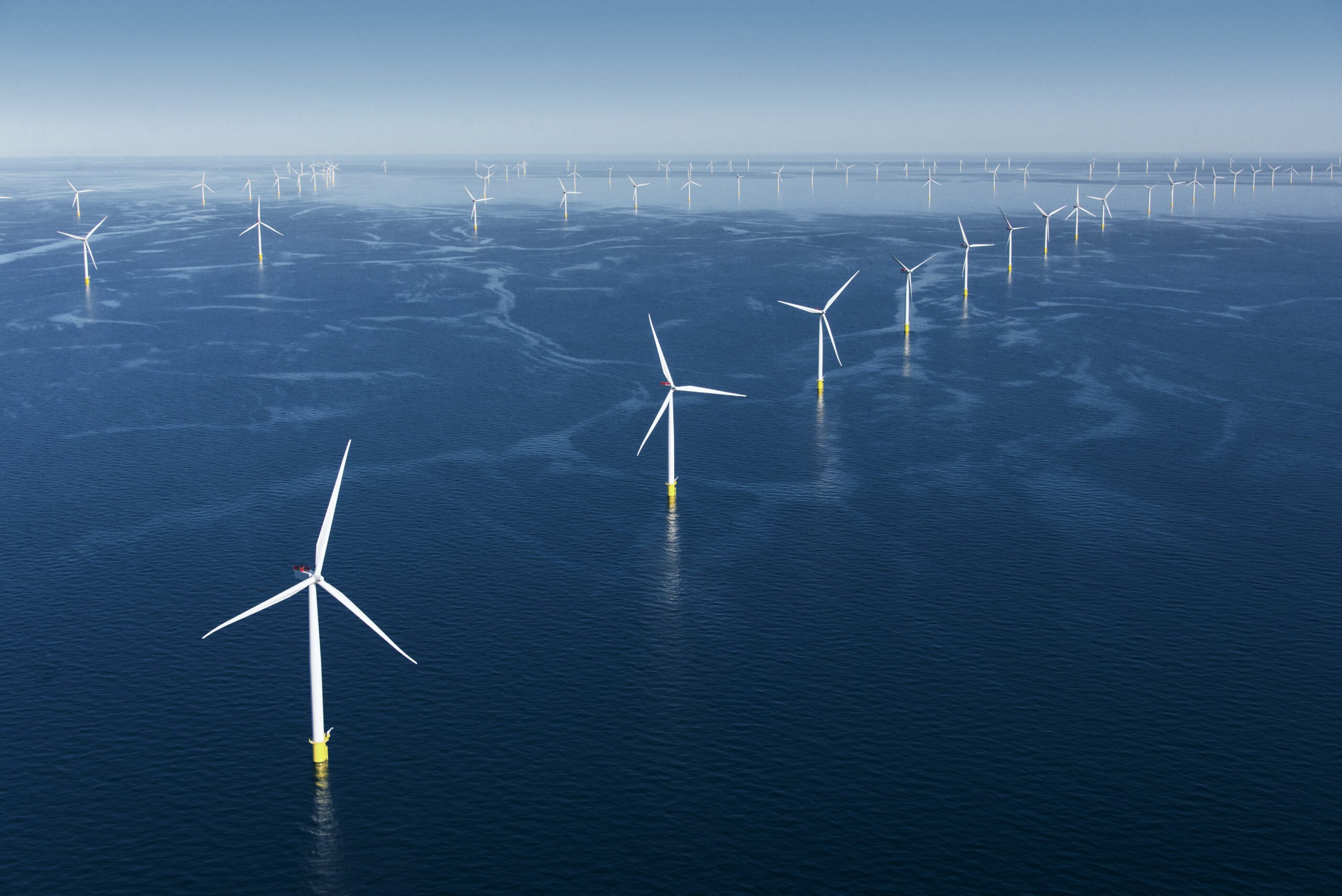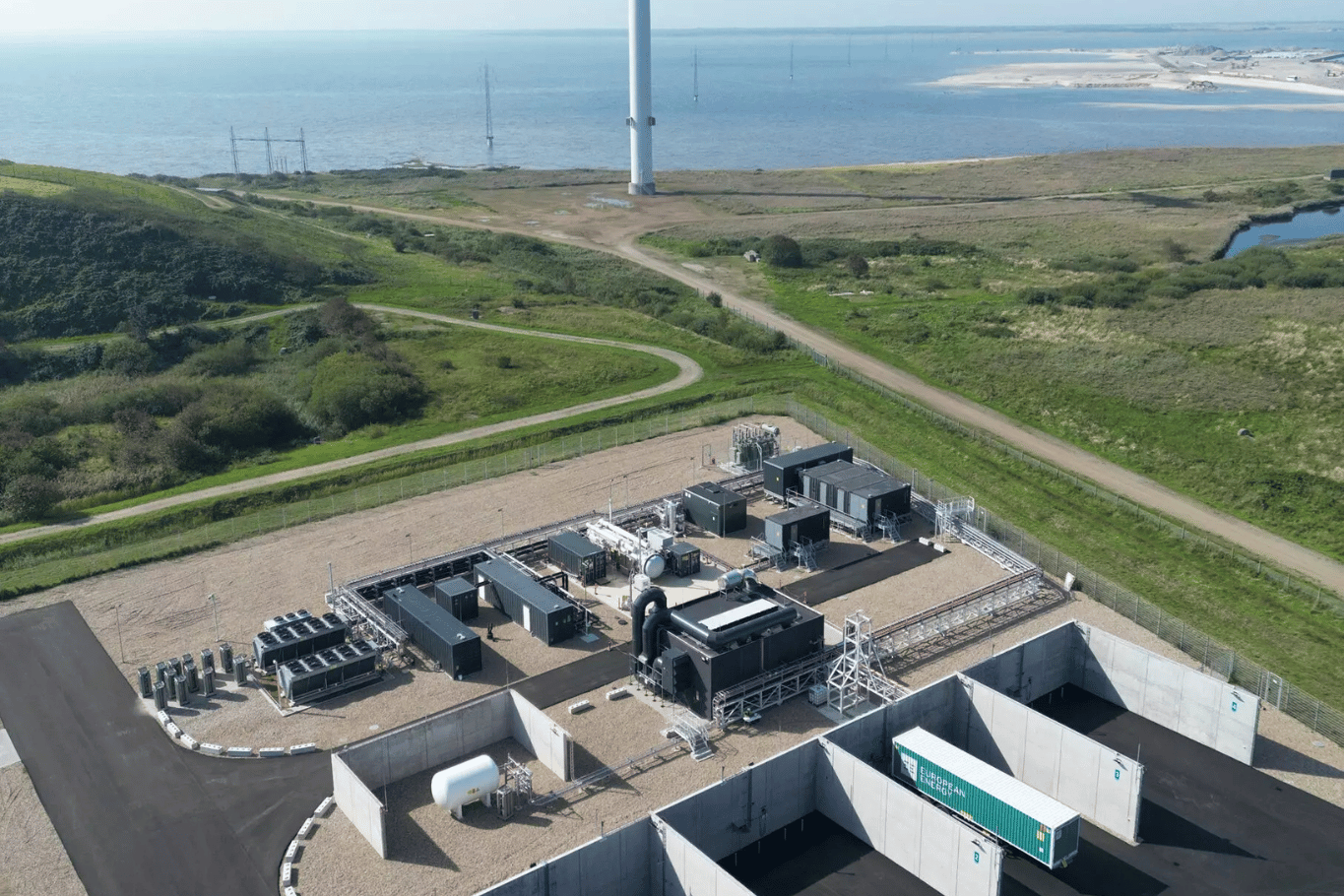On 19 January 2024, Denmark’s Copenhagen Infrastructure Partners (CIP) announced the launch of a new company dedicated to developing energy islands globally with backing from Nordic, European, and North American investors.
Named Copenhagen Energy Islands, the new spin-off will build on CIP’s existing competencies and already has a portfolio of ten energy island projects under development. The current portfolio spans the North Sea, the Baltic Sea and Southeast Asia, while the new company is expected to have global potential:
“Our vision is to provide concrete solutions to the global challenge of scaling up renewables. If we want to achieve net-zero carbon emissions by 2050, we will need to scale up the deployment of offshore wind and other renewables to an unprecedented level,” Jakob Baruël Poulsen, Managing Partner and founder of CIP.
Copenhagen Energy Islands will be majority-owned by Copenhagen Infrastructure Partners and a group of investors. The founding group includes several Nordic, European and North American investors including PensionDanmark, PFA and Andel.
Read the case: Energy island – the Baltic sea’s nodal point for intelligent energy
The group of investors sees energy islands as a solution for many of the challenges facing the green transition:
”Today, the challenge for offshore wind is less about building the incremental offshore wind farm, but more about how to integrate large-scale offshore wind energy into the global energy systems. We see energy islands as a key tool in solving this challenge and realizing the ambitious offshore wind targets across the globe,” Jakob Baruël Poulsen
Energy islands combine existing, proven technologies in a new and innovative way and at a significantly larger scale, allowing for a cost-efficient buildout and integration of offshore wind. Some of the advantages of energy islands include a substantial reduction in power transmission costs, large-scale offshore green hydrogen production, and synergies between power and hydrogen production.








